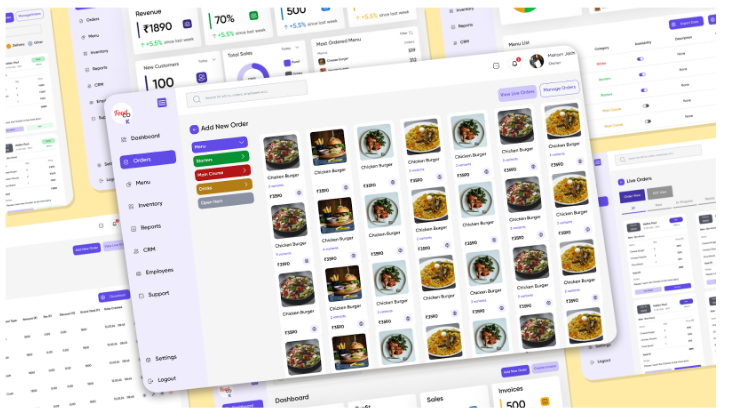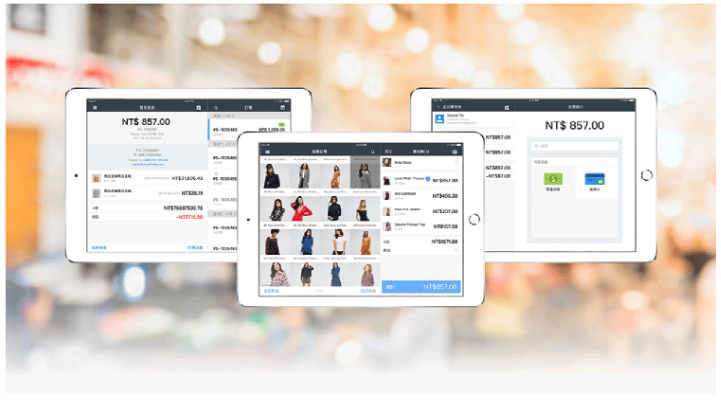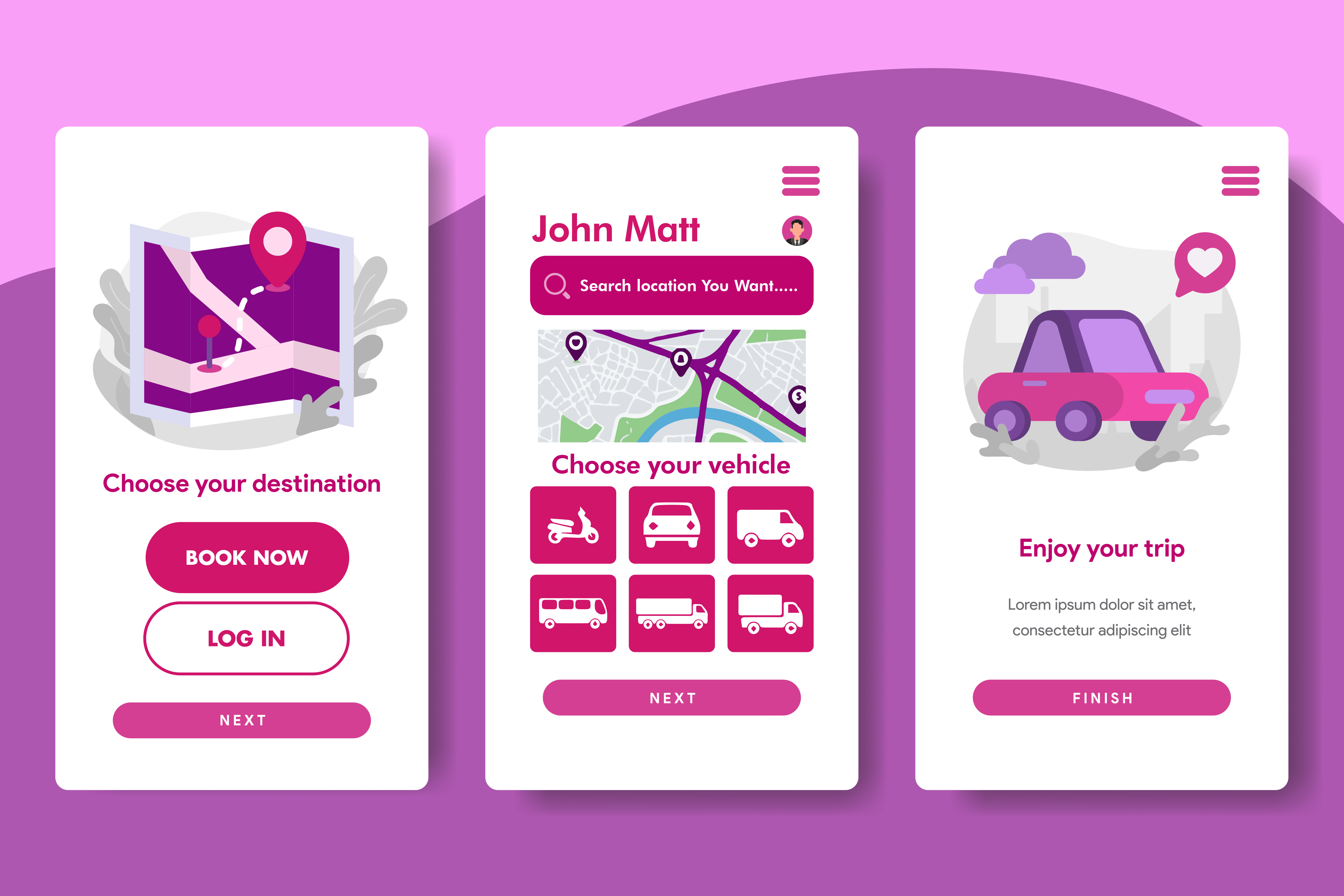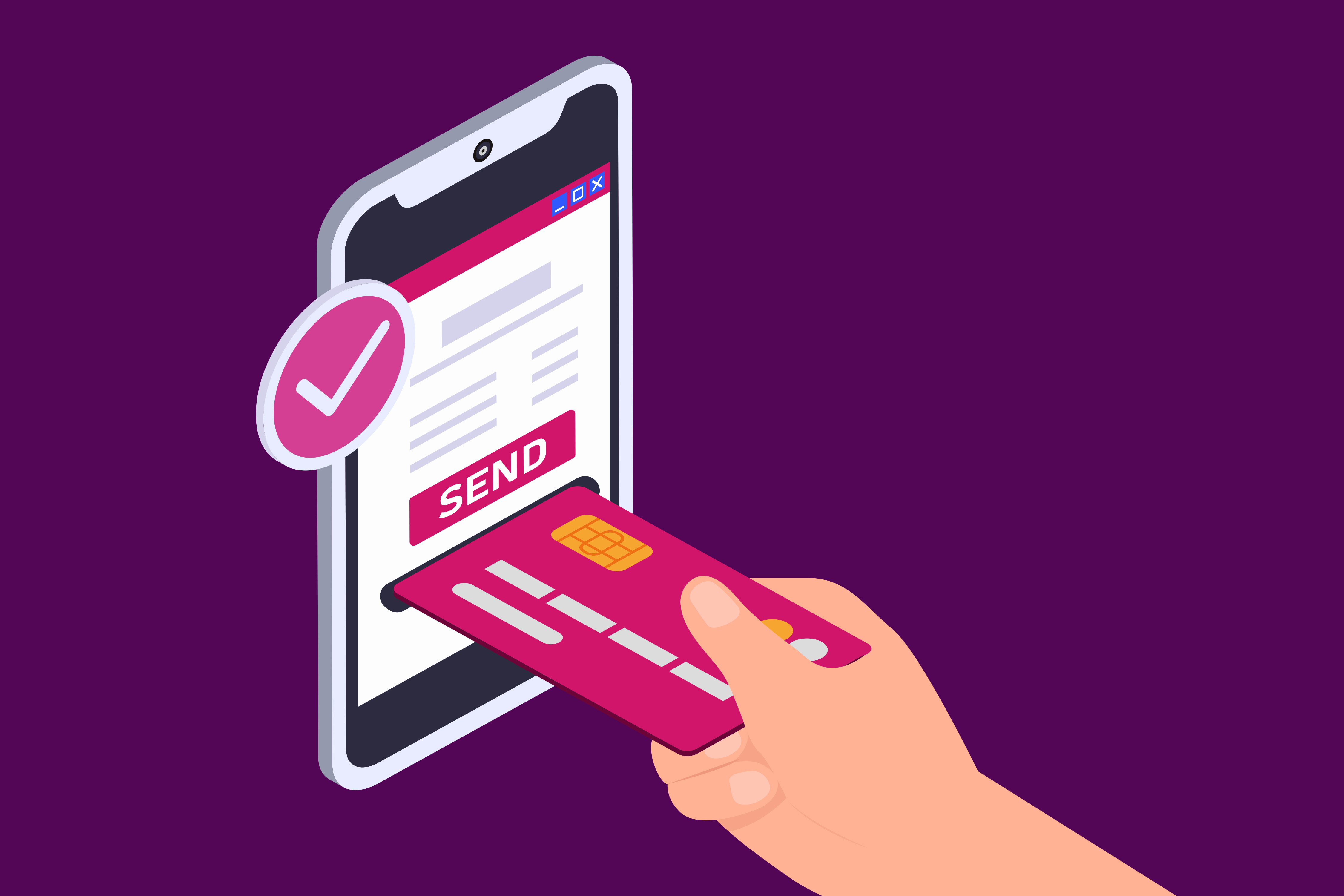Nowadays, POS UX/UI significantly influences the in-store shopping experience due to customers' increasing demand for speed. Thanks to technological advancements, they expect to receive goods quickly and make purchases easily.
POS UX/UI encompasses checkout system design, improving transaction speed, accuracy, and customer satisfaction.
A user-friendly, efficient system increases personalization, convenience, and seamless payments, boosting loyalty and sales. It also reduces employees' workload, making checkouts faster and improving the experience for both staff and customers.
Beyond functionality, visual branding elements like consistent logo design integration throughout the POS interface help reinforce brand identity and create a cohesive customer experience from product selection to checkout.
Let’s see how POS UX UI shapes your in-store customer experience and tips to improve it.
What Is UX/UI in a POS (Point-Of-Sale) System?
UX/UI for a POS system is all about how it looks and feels. It’s like the system's face.
The POS user interface (UI) consists of the buttons, panels, and options you click on during a transaction. The more straightforward and plain the UI, the faster things can be done.
A well-designed POS UX/UI helps staff work faster, reduces training time, and enhances customer service at the checkout counter.

POS UX/UI’s Direct Impact on In-Store Customer Experience
A well-designed POS UI/UX design can make the shopping experience easier for customers. Here's how it helps:
Cuts down on wait times and transaction times
A good POS system helps keep lines short and transactions moving quickly. Everything goes faster when you respond quickly.
A clean, basic style and obvious buttons make it easier for staff to complete tasks quickly. This cuts down on mistakes and means consumers don’t have to wait as long.

Makes the process smooth and builds trust
You can offer the idea of efficiency with a well-functioning point-of-sale system. When buyers can swiftly and easily finish their purchase, they enjoy a better experience.
Logos and color schemes that are included in the system make the experience even more personalized and help people connect with the store's brand. When the process seems polished, clients are more likely to trust it. This will make the transaction go more smoothly.
Boosting staff confidence for better service
Employees are more productive when systems respond quickly, menus are easy to understand, and interfaces are easy to use. Fewer mistakes mean employees feel more confident.
Confident employees are crucial for good customer service. With an easy-to-use POS, they can chat more with customers and improve the whole experience.
Common UX/UI Mistakes That Hurt Customer Experience

There are a lot of typical UX/UI flaws that can significantly worsen the shopping experience in a store. These blunders can prolong the process, be more stressful, and even confuse both staff and customers. These are what you should look out for:
Having too much information on a cluttered interface
One huge problem is giving the person too many details. If your computer is too busy with buttons, choices, and text, it might be tough to see what's important. The easy rule, "less is more," is helpful for designers.
Present the necessary options at each phase. A clean and straightforward POS user interface design will make it easy for users to navigate the procedure. If the screen is overly cluttered, employees may miss important tasks, which slows things down.
There are too many steps and processes that aren't clear
It can take a long time when the POS system requires you to perform many unnecessary processes. Completing things takes longer if the plan doesn't align with how cashiers typically perform their duties.
Small UX/UI flaws can accumulate, slowing down the checkout process and causing mistakes. The process needs to be simple so that employees can quickly serve clients.
Not optimizing for mobile phones or touchscreens
A POS system that isn’t optimized for mobile phones or touchscreens can slow down transactions and frustrate users. Staff may struggle with small buttons, clunky layouts, or screens that don’t respond well to touch, leading to longer wait times and more errors.
Not suitable for the industry or store context
A POS system that works for all businesses won't operate efficiently since each is unique. The system could not suit the store's style, which might make the overall shopping experience feel off. For example, the point-of-sale system in a fancy store should appear and work very differently from the one in a fast-food place.
The most essential thing is to establish a system that can adapt to match the needs of each business. For example, it may make it easier for consumers to check out or modify the store's layout. The right system should blend seamlessly with the brand and how people use it.
Best Practices and Trends in POS UX/UI Design

There are five best practices and trends to improve your POS UX/UI design:
-
Optimized for touch-first design and mobile devices
Point-of-sale (POS) systems need to be designed for mobile and touch devices in today's busy stores. With touch-first design, you can make POS software interfaces that are easy to use with your fingers, even on smaller screens. It should be simple for all devices, like phones and computers.
The menu is easy to discover because it works well on all devices, such as Android and iOS, and only shows the most important elements.
-
Integrated personalization: Greet customers by name, suggest purchases
Adding more human touches is a big trend in POS UI/UX design right now. Entering customer information into the system gives them a more tailored shopping experience.
For instance, a POS system may talk to consumers in person, display their loyalty points, and even recommend things based on what they've already bought. If buyers want to make purchases faster, the system helps them do it quickly.
When a staff member can quickly access customer profiles, they can offer better recommendations and ensure a more personalized experience.

-
Using colors, icons, and little interactions to help reduce stress
Using smart grid layouts and visual cues makes it easier to make judgments and reduce the requirement for training. Small animations or comments after an action is taken are examples of micro-interactions that can make consumers and employees feel more in charge. This can lessen stress in the long term.
-
Multi-language support and accessibility
A sound POS system should feel natural for everyone to use – no matter their language or abilities. When the interface offers multi-language options, staff can work faster and more confidently. Accessibility features like larger text, screen reader support, or easy keyboard shortcuts ensure no one is left out. It’s about creating a smoother experience for all, not just adding features for the sake of it.

-
Keep a consistent experience across all channels
One POS system links sales in-store and online and keeps real-time records of goods, sales, and customer data. This allows customers to purchase goods from one channel and return them through a different sales channel. For example, they can buy a product online and pick up or exchange it in-store.
Two ways exist to provide a consistent experience across sales channels. One is to optimize mobile for a responsive interface across devices and POS registers in the same store. The other is to increase customer interaction through loyalty rewards displayed on the POS.
Magestore POS is an example of a good and customizable UX and UI. It includes a customizable user interface that works with all devices, including tablets, iPads, and PCs. This POS for Magento 2 also has built-in customer loyalty features, so that customers can pay with store credit or reward points right on the screen for a smoother experience.
Conclusion
A well-designed POS system can completely affect how customers feel when they purchase in person. A smooth and easy-to-use retail POS software interface speeds up transactions, cuts down on wait times, and makes both customers and staff happy.
DesignCrowd has what you need to take your business's design to the next level. We help your brand stand out in various ways, including creating logos, special apps, and more. Our talented artists can create something unique that not only looks great but also enhances customer experiences.
If you want to take the DIY route, check out Design.com. They offer user-friendly design tools and templates that let you create professional-quality branding materials without needing extensive design experience. With their intuitive platform, you can quickly develop logos, marketing materials, and other visual elements that complement your POS system's sleek interface.
Written by DesignCrowd on Monday, September 1, 2025
DesignCrowd is an online marketplace providing logo, website, print and graphic design services by providing access to freelance graphic designers and design studios around the world.

